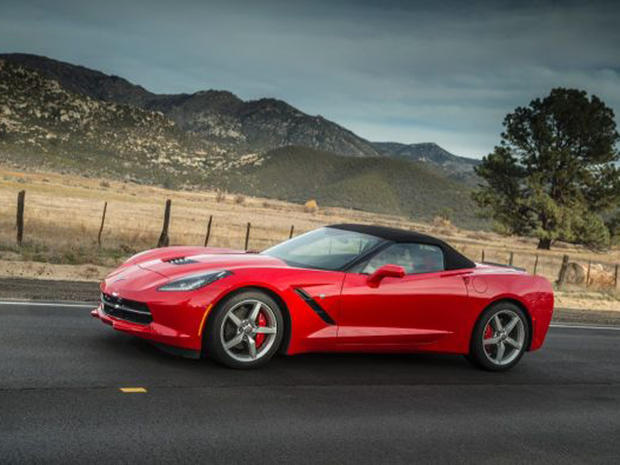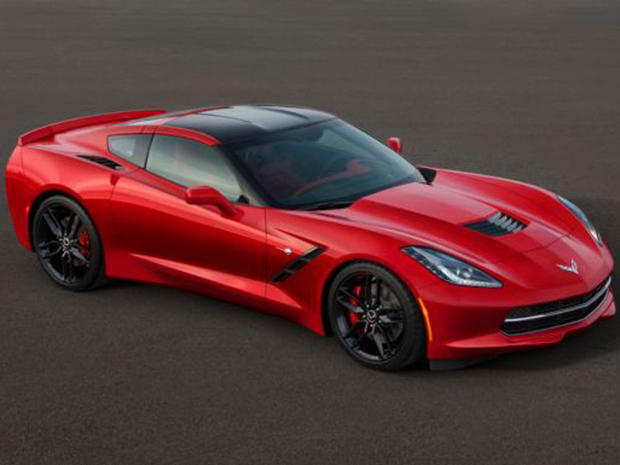The Big Three aren't so big anymore
For decades, the Big Three automakers dominated the American auto industry. You drove a car from General Motors (GM), Ford (F) or Chrysler, and that was it. A small percentage of drivers were in that "other" category of mostly foreign brands.
That dominance has severely diminished. Now, several automakers are splitting the pie for the U.S. market. GM is still the leader, but its market share has fallen to 17.6 percent this year, from 28.2 percent in 2000, according to new data from economic research firm IHS. Ford has seen its market share decline to 14.7 percent from 24.1 percent over the same period. And Chrysler, now a subsidiary of Italian automaker Fiat, is at just 12.7 percent from 15.7 percent.
As the Big Three have fallen, foreign brands have surged to capture more U.S. business. Toyota (TM) now has 14.5 percent of the U.S. market, from 9.3 percent in 2000. Honda (HMC) climbed to 9.4 percent from 6.7 percent. Nissan Motors zoomed to 8.6 percent from 4.3 percent, and Hyundai saw a strong leap to 8.1 percent from 2.3 percent.
The numbers show how intense the competition is among automakers in the U.S.. Every automaker "is doing everything possible to retain each tenth of a point share; including speeding up product redesign or launch programs, while opting to avoid risky product programs that could cause disruption in their product portfolio," said Tom Libby at IHS.
Now, no automaker commands more than an 18 percent share of the U.S. market. And for many companies, that means their ground game is shifting to the marketing side instead of the product side. They are fiercely competing with increasingly sophisticated marketing campaigns, both online and offline, just to get a tiny fraction more of the market.
"As shares of the four leading OEMs are so close, since the order could change with just a half point gain or loss of share, every initiative is critical," the IHS researchers wrote in the report.
Ford has actively grown its social media presence over the last few years, for example. When the company wanted to push its new Fiesta subcompact, it sought out 100 influential bloggers and let them drive a European version of the car before anyone else in the U.S. The so-called "Fiesta Movement" was considered an online success, even though sales of Fiestas were initially strong but quickly dropped off.
GM, still reeling from a year of numerous recalls and facing customer lawsuits over faulty ignition switches, now uses social media to quickly take care of driver complaints. The company is trying to prevent another crisis, and has a team scouring Twitter, Facebook and other sites 24 hours a day to search for problems, Bloomberg News reports.
Don't look for these market dynamics to change anytime soon. IHS describes this as "the new normal," and is expecting only small shifts in U.S. share among the top four automakers over the next several years.
This is great for the consumer, Libby said. "These conditions drastically improve the value proposition for consumers shopping for new vehicles, with greater competition, more refreshed products and increased pressure on prices, which contributes to strong retail demand," he added.

